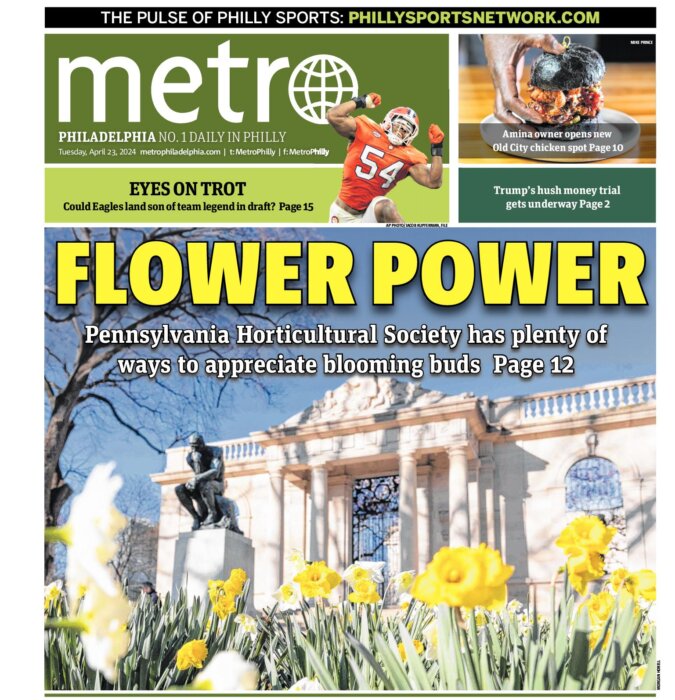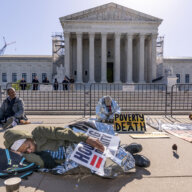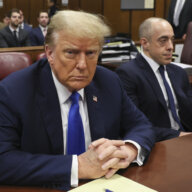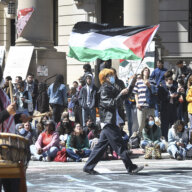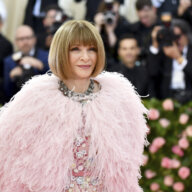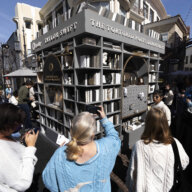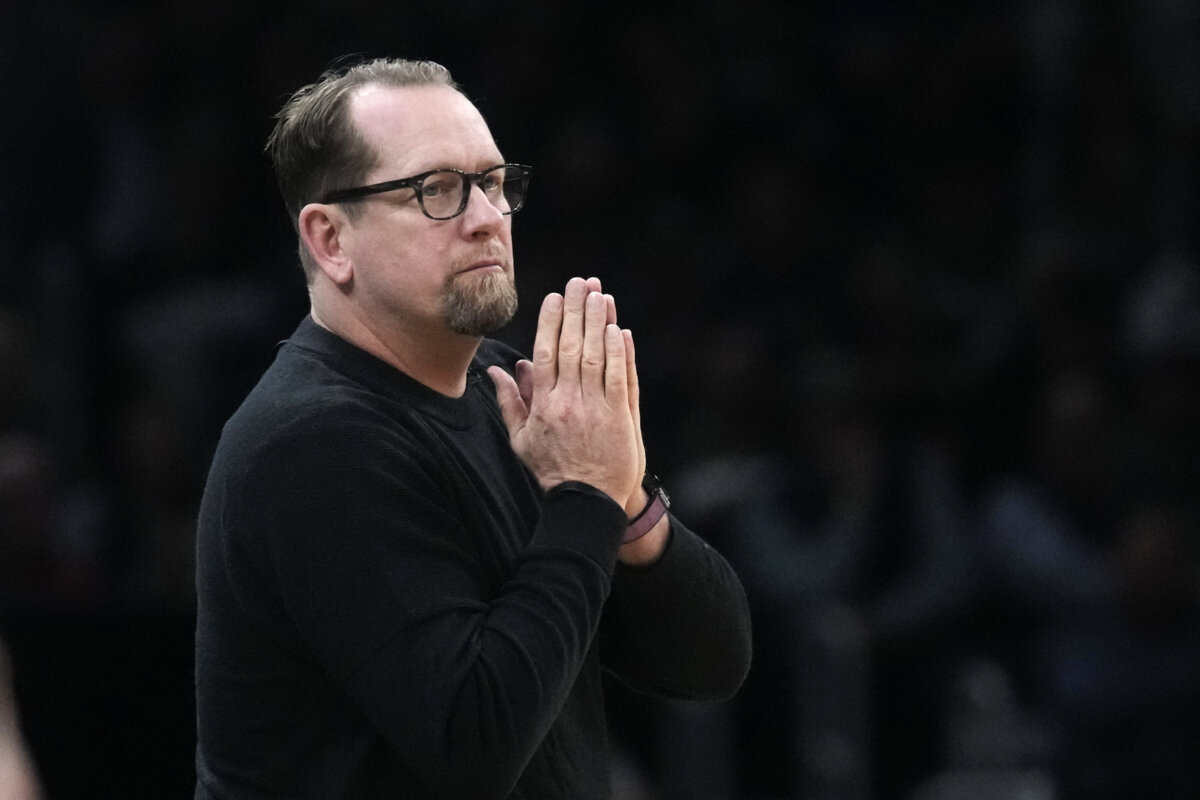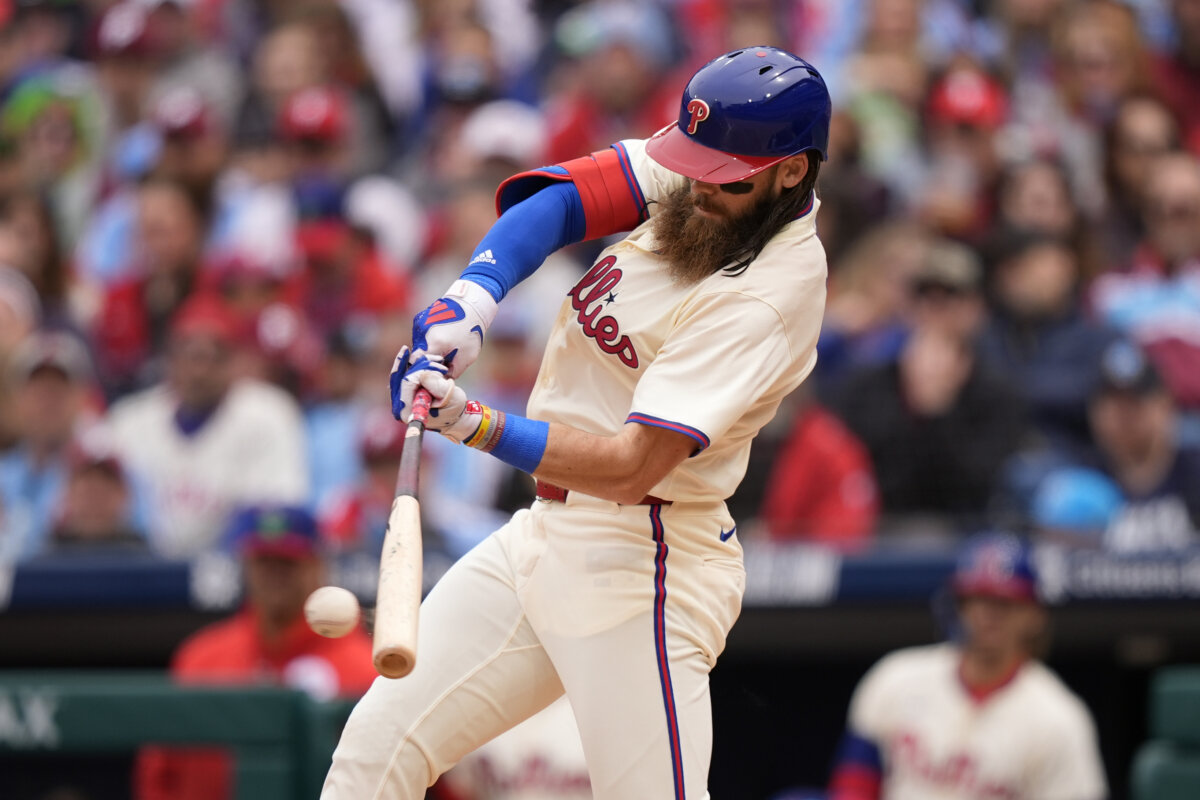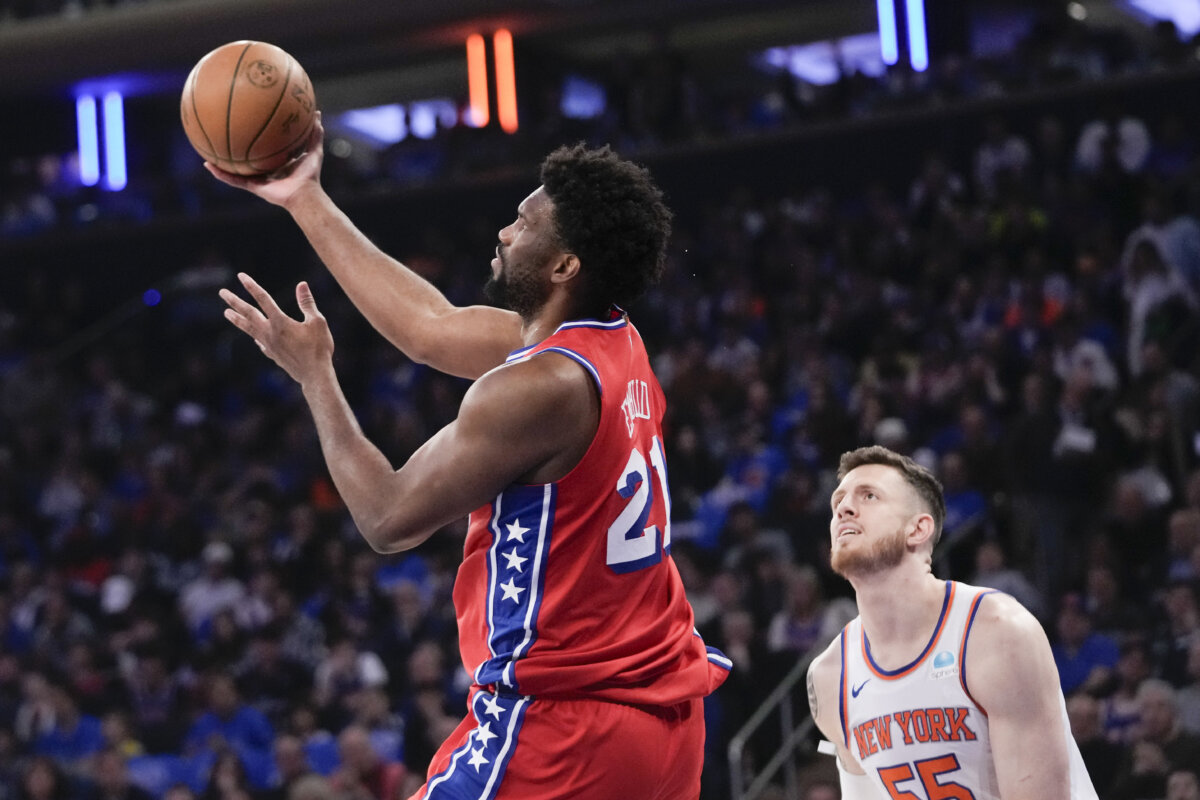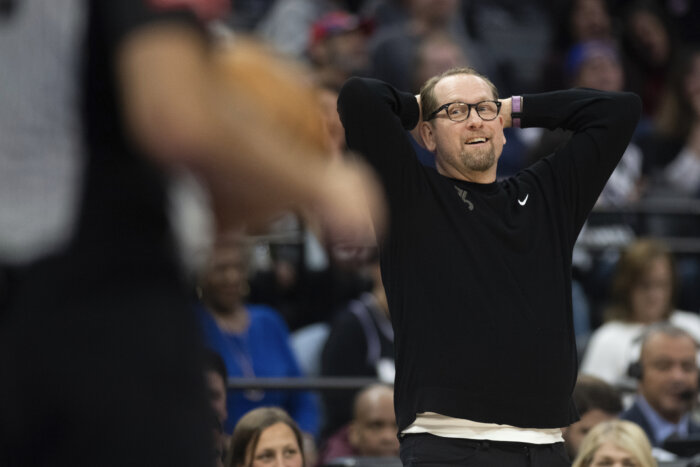It’s been seven years since the Philadelphia Fringe Festival fractured into two separate trademarks: Live Arts and Philly Fringe. At the time, there were rampant fears in the performance community that Live Arts — the curating, commissioning, celebrity-wooing arm of the nonprofit — would lead to Fringe’s demise. But that anxiety is on the wane. There are more than 150 shows in this year’s Philly Fringe, which continues to be one of the few all-access major performance festivals in the world.
For $225, anybody can get his or her show on the cultural map in Philadelphia. That is not the case in most major cities.
“I can’t tell you how many serious theater artists I’ve talked to that see the Philly Fringe as the place to finally make their little start-up theater company happen,” says Josh McIlvain, who edits the Live Arts/Fringe Guide. He moved to Philly from New York in 2007 in part to produce his own plays. His show, “Deer Head,” is in this year’s Fringe. “And there are so many professional artists and teachers that don’t necessarily want to start a company but want to do some of their own work. The Fringe is that outlet.”
But not all the productions in the Philly Fringe are DIY — or even that Fringe-y, necessarily. Among the outsiders, there are major local companies, such as Theatre Exile, that are including mainstage season offerings in the fest.
“This is a time when Philadelphians are used to seeing a lot of theater and dance. And bigger organizations want to partake in that,” says Craig T. Peterson, director of the Philly Fringe. “I say the more the merrier. I don’t want to get to a place where I’m telling companies they’re not appropriate for this because they’re too mainstream. The Fringe is not about establishing an aesthetic. It’s about serving the community.”

